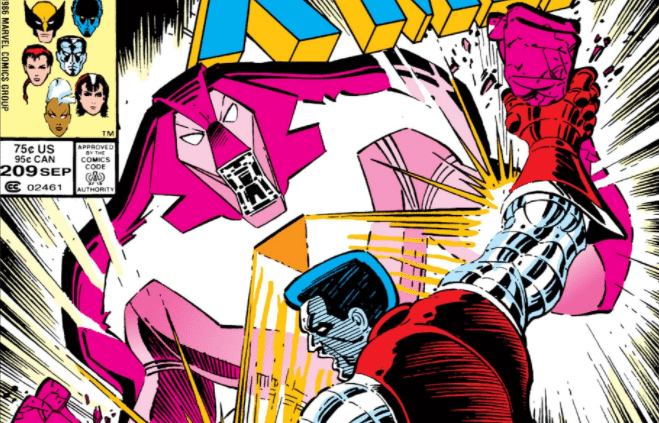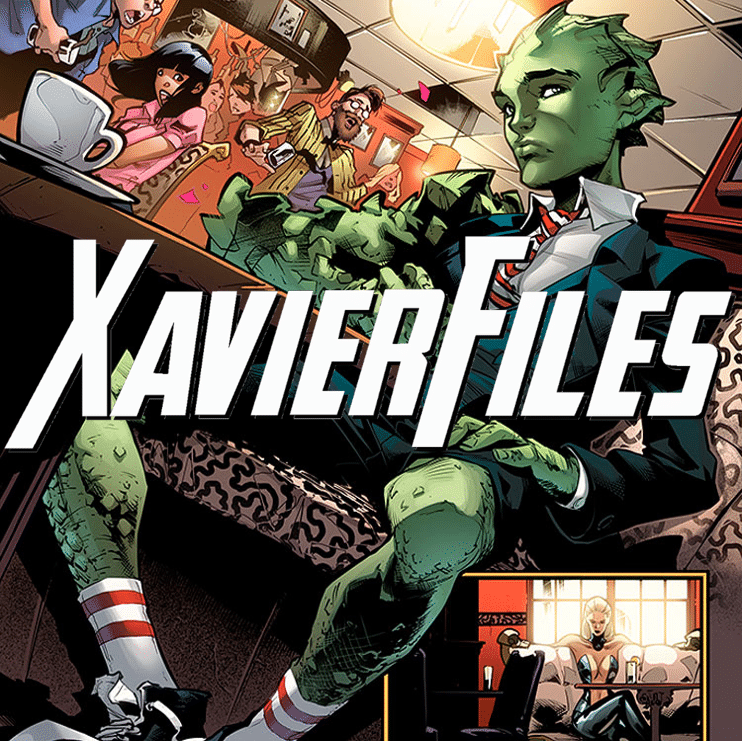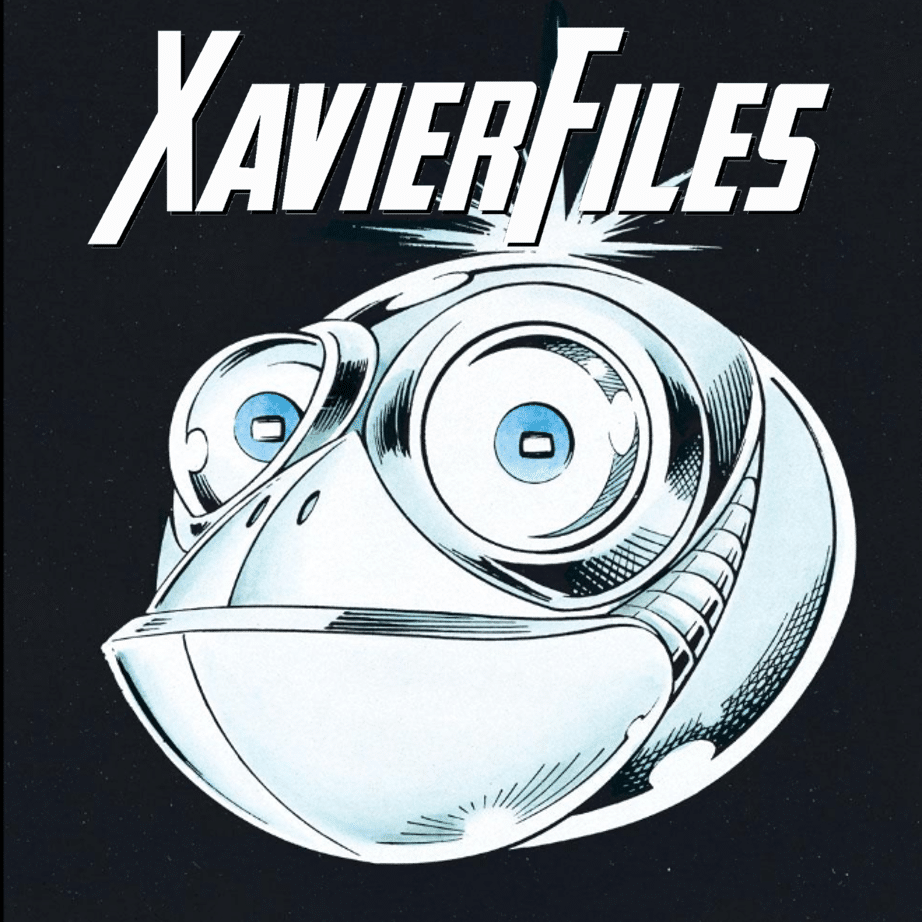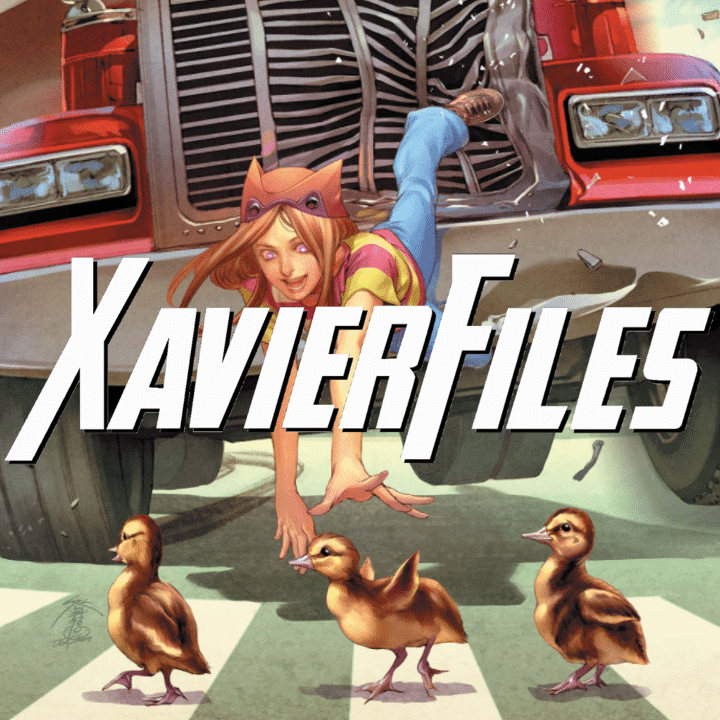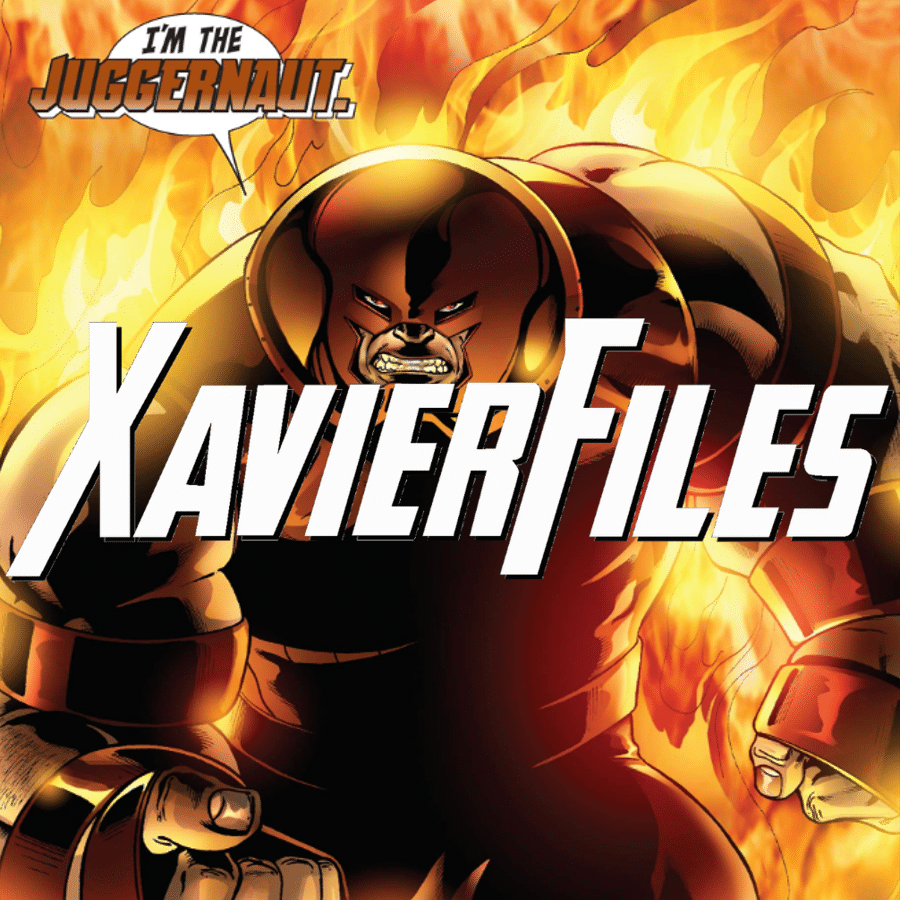- Name: Nimrod
- Code Names: Nathan Hunter
- First Appearance: Uncanny X-Men #191 (Mar ‘85)
- Powers: Body transformation. time travel, teleportation, lasers
- Teams Affiliation: N/A
About
Evolution is key to the X-Men. Not just an evolution of characters and their powers, but an evolution of ideas. Since X-Men will never really end, at least not in the foreseeable future, nor significantly change, creators must find a way to tweet old ideas to make them feel different. The X-Men are always going to battle some Brotherhood of Mutants or combat some anti-mutant hate group. The key is to make those encounters feel different than the last twenty times. Chris Claremont was understandably frustrated by this. By the time he was wrapping up his epic seventeen-year run on the book, he had repeated “classic” X-Men stories more than once. In fact, one of his biggest disagreements with Jim Lee was how they would balance old elements and enemies with new ideas. Each time he returned to an idea, Claremont tried to do something new with them. When he decided to do another Sentinel story (his third in 100 issues) Claremont twisted the idea with Nimrod.
On Earth-811, the Sentinels had assumed control and mutants were herded into concentration camps. A new prototype of Sentinel was developed to keep the peace, codenamed Nimrod. A small band of resistance fighters feared what the success of the Nimrod project would mean and they devised a plan to stop it. When resistance fighter Rachel Summers began her assault on the facility, the Phoenix Force shunted her back in time. The temporal disturbance awoke the prototype Sentinel and he gave chase to Rachel.

Unfortunately, Nimrod miscalculated and didn’t go back far enough. It knew of the Maker, a legendary mutant with the power to create anything and sought him out. It killed the Maker’s wife Ororo right in from of him and held his daughter by the throat. It forced the Maker to send it back in time but the Maker was devious and set the machine to deactivate when it reached its’ destination. Nimrod appeared to a broken man, Reverend William Stryker. Stryker had been imprisoned, disavowed, and depressed. He walked to a church in Dallas, intent on ending his own life until he saw a sign from God. Nimrod, a symbol of hope in the war against mutants appeared in front of the crucifix at the altar and Stryker’s zeal was renewed.

Stryker took Nimrod to his base and began to rebuild his Purifiers. Helpless, Nimrod bid its time until it could escape. The Purifiers sent their full forces to assault the Xavier Institute and Nimrod found its opening. Damaged, it made its way to the Maker, Forge, and forced him to perform repairs. Forge sent a secret message to the X-Mansion, one that was received by the remaining X-Students. They came to Forge’s rescue and damaged Nimrod enough that it sent itself through the timeline in a last-ditch effort for survival.

Nimrod appeared several years in the past and resumed his primary directive, the obliteration of all mutant life. It immediately saved a fisherman named Jamie Rodriguez from a mugger and shifted its form to that of a laughably passable human. Rodriguez took Nimrod in and made it like one of the family. It decided to protect humanity by taking on the Juggernaut and the X-Men and the public viewed it as a hero. While it was able to stop the unstoppable Juggernaut, the city suffered collateral damage that it blamed on the X-Men. The mutants proved to be a challenge for Nimrod and it escaped to reflect and design a better strategy.

Nimrod continued to enact its lethal brand of justice on criminals throughout NYC and the city cheered for him. It had found some kind of kinship with the Rodriguez family and Nimrod felt like it might be more than just a simple machine. Still, the prime directive remained and Nimrod sensed that Rachel was at her weakest. She had started a war between the Hellfire Club and the X-Men and Nimrod saw an opportunity to destroy many important mutants in one fell swoop. Nimrod was able to kill several members of the Hellfire Club but the mutants decided to work together against the machine. They crushed Nimrod into spare parts but it was able to teleport away before Wolverine was able to destroy it for good.

As Nimrod recovered it took a job at a construction site and continued to be a vigilante in its spare time. The X-Men had seemingly died in Dallas during some crossover and Nimrod didn’t have much direction in life. That changed when circuitry from the Sentinel creating Master Mold crashed onto Nimrod’s construction site. When Nimrod went to grab it, the circuitry fused with Nimrod’s own and overtook it. Nimrod and Master Mold were now one in the same and began to execute Master Mold’s prime directive of the extermination of humankind. The X-Men saw the carnage this Sentinel was causing and sprang into action. They reduced the Sentinel to but a head but it began reassimilating. Dazzler believed they could use the Siege Perilous to eliminate the threat once and for all. It took a noble sacrifice from Rogue but the X-Men destroyed Nimrod once and for all. Or so they thought. The Siege Perilous evolved Nimrod and Master Mold into something more dangerous, something more deadly, and something with zero tolerance for the mutant menace. But that is a tale for a different time.

Must Read
Nimrod has never had a real standout moment. His first real arc was a pretty clear indicator that Claremont wasn’t going to be able to mine much more out of the current line up and most subsequent ones have been subpar. The way Craig Kyle and Chris Yost used him in New X-Men helped set the stakes for the young team and proved that they could stand on their own. It isn’t the high point of their run but it is the high point for Nimrod as a character. You can grab the first issue of that arc (which also has Emma Frost delivering a brutal take down of the Avengers) here.
Ranking
Nimrod is just a named Sentinel with a dumb name and a bad design. There isn’t much else to it. Claremont tried to do something interesting with it becoming more human but it just never worked the way he wanted. Nimrod is what you use when you want to do a Sentinel story but you want it to stand out just a little bit. It has no compelling motives or plans like Bastion does and doesn’t have a design anywhere near as good as Omega Sentinel’s. I don’t hate Nimrod in the same way that I hate Vulcan but I’d be lying if I said I wouldn’t rather see The Children of the Vault again. That squeezed Nimrod in as the new number 78 in the Xavier Files.
Nimrod was requested by Corey Duncan on Patreon. Thank you for the request. If you have a request for how about you send it below? If you want to cut to the front of the two-year long line, we have a Patreon you can support Xavier Files for just $1 to get a line cutting reward.
Make sure you check out my brand new podcast BATTLE OF THE ATOM. It’s where Bish & Jubez creator Adam Reck and I talk about every single X-Men story that ever existed and rank them from best to worst. Episode 4 is up and we talk about the Worst X-Man Ever. Make sure you subscribe on any of the following platforms (or others, I’m not picky) Apple Podcasts | Google Play | Stitcher | RSS.
If you liked what you read be sure to follow Xavier Files on twitter, Tumblr, Facebook!
Next week meet the master of Magnatism himself, Magneto.
Zachary Jenkins co-hosts the podcast Battle of the Atom and is the former editor-in-chief of ComicsXF. Shocking everyone, he has a full and vibrant life outside all this.


